|
As our dogs get older it's not uncommon to see progressing atrophy and muscle weakness. The reality is muscle atrophy is a natural part of the aging process - but just because it's a natural part of growing old doesn't mean that we as owners can't do anything to help our dogs! What is Muscle Atrophy?Muscle atrophy, or muscle loss, is the wasting away of your dog’s muscles and can be the result of aging, illness, or reduced activity. Muscle atrophy can happen to any breed of dog and is often seen in the legs, particularly the rear legs, but can also occur in other parts of the body. Atrophy in older dogs is common because they begin to become less active and their ability to process nutrients from their diet changes making it harder for older dogs to process proteins the same way they did when they were younger. I also see atrophy in dogs dealing with joint pain and arthritis - again this is due to reduce mobility. If you're joints are sore you're not going to want to run around in the back and keep up the condition of your muscles. This is why we as owners need to be able to recognize the signs of pain in our dogs and combat atrophy as it begins to set in. The good new is that when dealing with atrophy that is the result of inactivity we can often reverse this wasting away through exercise and improved nutrition. Nutritional requirements can change with age and many disease common to older dogs can also be nutrient sensitive (Laflamme). Make sure to speak with your vet about the changes your dog is undergoing as they age and discuss with them any dietary changes you may need to make. Vet care and canine physio therapy is a collaborative process so speaking with professionals in a number of animal care fields can give you a variety of tools to help your aging dog. What can cause Atrophy?
Signs and Symptoms of AtrophyAtrophy can occur slowly over time for an aging dog or, in younger dogs, it could appear more quickly as a result of lowered activity from an injury. Don't be afraid to feel your dog's body and take note of changes. Also, dogs with longer hair will better hide progressing atrophy so feeling their body and monitoring the muscles is an important habit to develop!
Treating AtrophyMovement is Medicine!If your dog has suffered a recent injury, and especially if they've been on crate rest, remember that atrophy can also set in. When rehabbing an injury, remember, that while rest is an important part of rehabbing it is not the only part!! Muscles still need activity to prevent atrophy and strict crate rest may lengthen recovery from an injury. Remember too that cold weather can really affect sore joints and arthritis so having indoor activities you can do with your dog is a great way to keep muscles moving year round. A regular conditioning program that's developed for your older dog can help keep muscles active even in cold weather! Regular exercise and movement is key in addressing progressing atrophy - Movement is MEDICINE! Consider Dietary Needs and SupplementsBesides keeping older dogs active you should also reassess their nutritional needs. As dogs age they have a harder time processing nutrients. A good quality protein is vital for providing the right amino acids which is key for good muscle structure and replenishment! A 2015 study found that enhanced autophagy, the consumption of the body's own tissue as a metabolic process - often occurring in starvation or with certain diseases, might be one of the factors underlying muscle atrophy in dogs as they age (Pagano, Teresa B et al). Nutrition that is catered more to the aging canine with a higher protein can be a great benefit to your dog's body condition (Laflamme). You can also look into provide supplements into their regular diet to help combat atrophy - a joint aid like 1TDC can really benefit your dog's aging muscles! 1TDC is a fantastic cellular lubricant with a high affinity to white blood cell meaning that when your dog has increased inflammation and more white blood cells are flooding the area of discomfort ITDC can really bind to those cells and increase lubrication of the muscle - giving our dogs some much need relief and allowing them to stay active! How A Canine Physio Can Help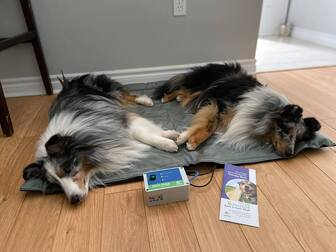 The new PEMF mat is Shelties tested and approved! The new PEMF mat is Shelties tested and approved! It's never easy to see our lifelong friends begin to slow down and show visible signs of aging. Not only is it upsetting but we as owners can often feel lost and confused on how we can help or dog transition into this next stage of life. This is where a canine physio can really help! Too often people forget that a canine physio is more than just what you see at a show or in the clinic. A canine physio can also help educate owners on how to build a progressive home exercise program, how to do it safely with your dog, and make recommendations for lifestyle changes that will benefit your dog. In addition to lifestyle changes and exercise programs consider alternative modalities like acupuncture, PEMF therapy, or laser therapy to help reduce pain and inflammation in sore muscles without putting additional strain on your dog's joints. Modalities like PEMF therapy - which works by improving cellular function to enhance the body's ability to heal itself and create a natural anti-inflammatory process to relieve pain - not only help our dogs stay active longer but also feel great too! Laser therapy uses low intensity laser light to alleviate pain and stimulate the healing process. These modalities can be a great benefit to your dog and be part of a larger care regime between your veterinarian and canine physio specialist. Progressive atrophy is not a sign that your dog has to stop being active - if anything its a sign that we as owners need to do more to help keep our dogs active! If you need help figuring out what's appropriate exercise for your aging or post-surgery dog send me a message! SourcesLaflamme, Dorothy P. “Nutrition for Aging Cats and Dogs and the Importance of Body Condition.” The Veterinary clinics of North America. Small animal practice 35.3 (2005): 713–42. Web.
Pagano, Teresa B et al. “Age Related Skeletal Muscle Atrophy and Upregulation of Autophagy in Dogs.” The Veterinary Journal 206.1 (2015): 54–60. Web.
Gail
3/13/2020 05:54:37 pm
Hi Carolyn I’m wondering what exercises might benefit my senior beagle Tessa. She is 11 now, she weighs 16.2 kg. When she sits she constantly splays out her back legs, like a frog. I worry about hip dysplasia. She seems to still enjoy her walks. I’m just hoping to be pro active.
Carolyn McIntyre PT
3/13/2020 07:32:25 pm
Hey Gail!
Laura Matsuda
1/14/2021 08:44:12 pm
I have a shitzhu 9 yrs old she recovered 90% from rear paralysis when she was 4 or 5 yrs old.
paul quinn
10/14/2020 10:14:09 am
My labrador is now 14 years old and is suffering from rear end loss of muscle she now finds it hard to stand and walk can you help as her vet wants her to be put to sleep. Obviously I dont
Carolyn McIntyre
10/15/2020 09:37:09 am
Hi Paul,
Pam Brickler
10/22/2020 07:37:31 am
We have an 18 month standard poodle with MMM She was diagnosed six months ago and put on prednisone. Started at 20 m reduced or 10 and five, now trying 21/2 without a lot of success. High protein dog food mixed with canned! We struggle to get her to eat and the weight gain from the prednisone is substantial. Trying to walk, throw balls but she them breathes heavily and sits down, so my question is, what do we do? We are sad and worried and call the vet often but so far no improvement without the prednisone
Carolyn McIntyre
10/23/2020 12:11:57 pm
Hi Pam,
Roxanne Wells
11/1/2020 04:20:32 am
My Great Dane Lola is 10.5 yrs and has degenerative myelopathy. Our alternative medicine vet retired in July so we're real lost for treatment right now. Is there anyone around the Ft. Worth area?
Carolyn McIntyre
11/1/2020 08:22:40 am
Hi Roxanne, I have a 14 yr old shepherd collie mix who can not use rear legs to push up to stand due to severe arthritis. I’ve changed diet and he is doing better that was but what can I do to keep him active l. He moves stiffly and slowly. And he can no longer walk on hard wood or tile. Just carpet , concrete and grass. Up hill is hard and he ties quickly. In addition winter is around the corner, so I need indoor activities. Food is a motivator for him. I’m feeding him more protein and more food. But he is always hungry. And I can feel his hip bones.... Any advice you can give is welcomed
Erika Froh
12/15/2020 11:36:40 pm
My mom has a almost 18 year old dog. We aren't sure his breed he's very large and almost looks like would be part wolf. In the last little while he has lost the majority of his muscle mass on his back end and has an extremely hard time getting up, to the point that he needs assistance or he will struggle for quite long. Im wondering what she could do to help him. He's very loved and would like to try some alternatives before thinking about having him put down. It doesn't seem to pain him he just is having difficulty. He does the whole drags one foot on his back legs when walking and always crosses them when he's is walking almost.
Carolyn McIntyre
12/17/2020 02:55:00 pm
Hi there! Comments are closed.
|
AuthorCarolyn McIntyre Archives
March 2024
Categories
All
|

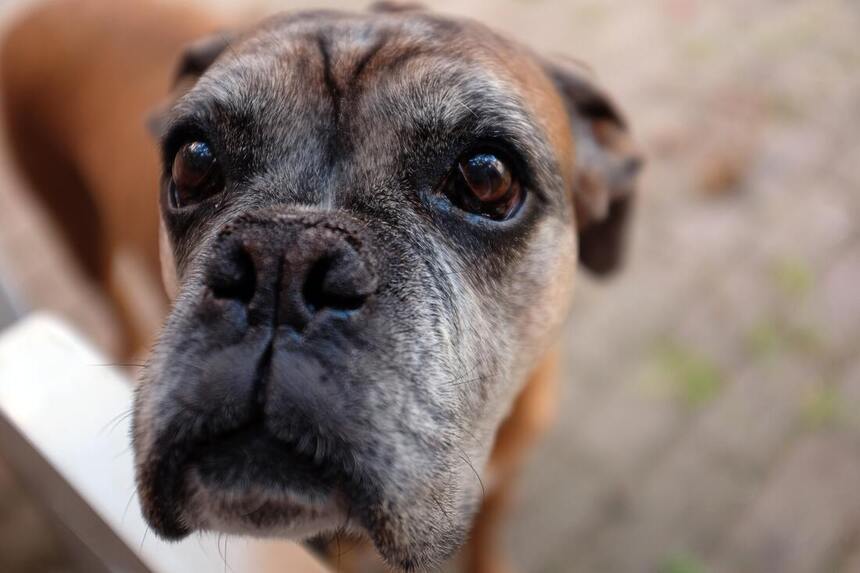
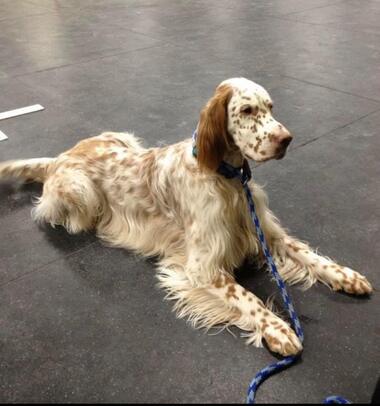
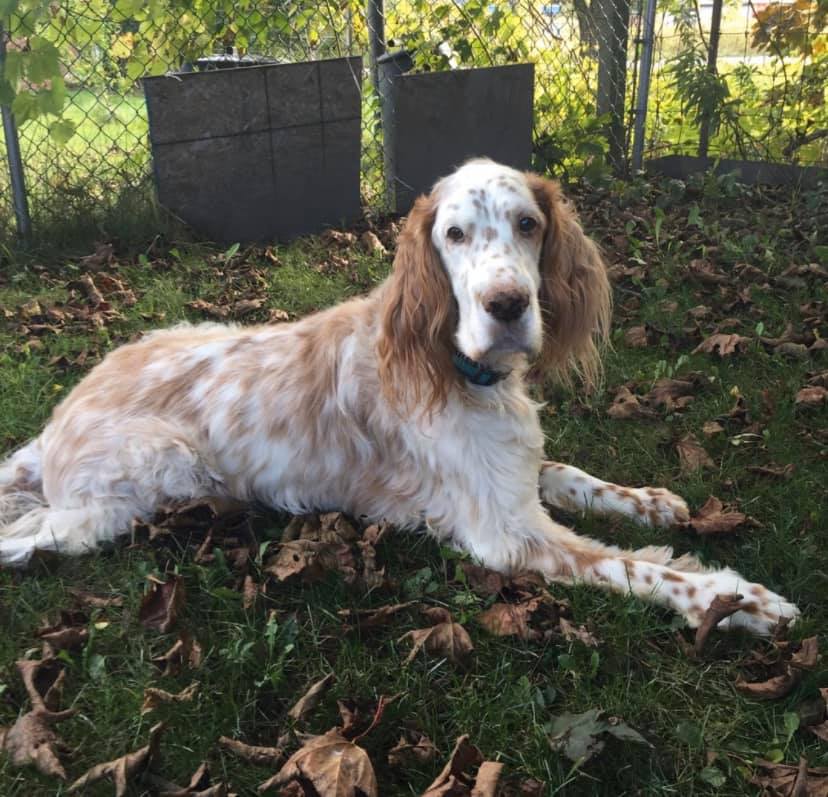
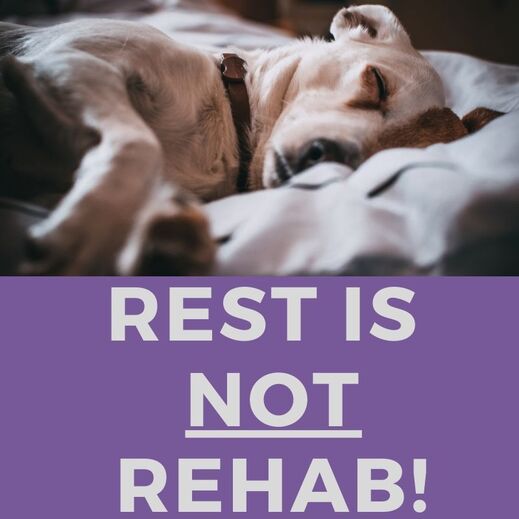
 RSS Feed
RSS Feed